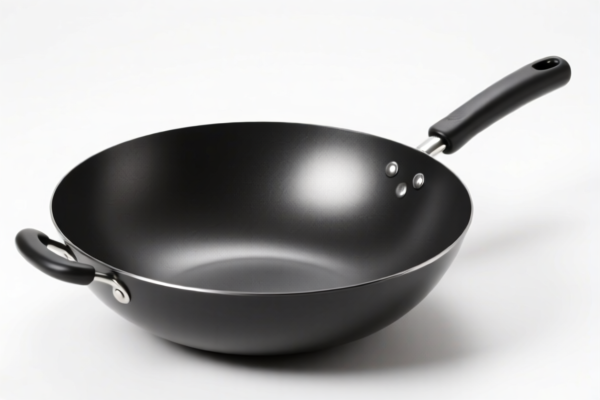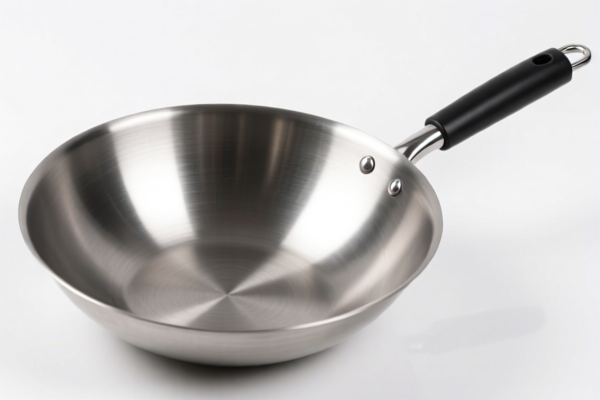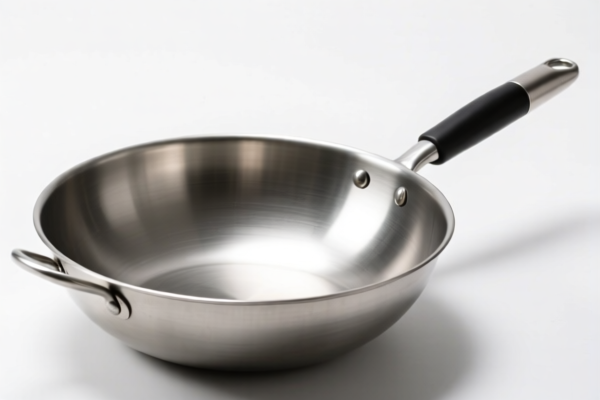| HS Code | Official Doc | Tariff Rate | Origin | Destination | Effective Date |
|---|---|---|---|---|---|
| 7323997000 | Doc | 60.3% | CN | US | 2025-05-12 |
| 9601908000 | Doc | 41.2% | CN | US | 2025-05-12 |




Wok
A wok is a versatile, bowl-shaped cooking vessel originating from Chinese cuisine. It is a significant tool in many Asian cooking traditions, particularly in China, Vietnam, Thailand, and other Southeast Asian countries.
Material:
- Carbon Steel: The most common material, prized for its rapid and even heating, durability, and relatively low cost. Requires seasoning to prevent rust and sticking.
- Cast Iron: Heavier than carbon steel, retains heat exceptionally well, but heats more slowly. Also requires seasoning.
- Stainless Steel: More resistant to rust and easier to clean than carbon steel, but does not heat as evenly and can be prone to sticking if not properly constructed (often with a layered bottom).
- Non-Stick: Offers convenience but typically cannot withstand the high heat and rigorous use of traditional woks. The coating can degrade over time.
- Aluminum: Lightweight and heats quickly, but less durable than other materials and may react with acidic foods.
Purpose:
The wok's design facilitates a wide range of cooking techniques, including stir-frying, steaming, deep-frying, braising, smoking, and even boiling.
Function:
- Rapid Heating: The sloped sides allow food to be quickly moved between areas of varying temperature, enabling efficient cooking.
- Fuel Efficiency: The curved shape reduces the amount of oil needed for cooking.
- Versatility: A single wok can perform multiple cooking functions, reducing the need for numerous pots and pans.
- Flavor Development: The high heat and quick cooking process help to seal in flavors and create a desirable texture.
Usage Scenarios:
- Stir-frying: The most common application, involving quick cooking of ingredients at high heat with constant tossing.
- Deep-frying: The depth of the wok accommodates larger volumes of oil for frying.
- Steaming: A steaming rack can be placed inside the wok for steaming vegetables, fish, or dumplings.
- Soup Making: The wok can be used to prepare soups and stews.
- Braising: Ingredients can be braised in liquid within the wok.
Common Types:
- Round-Bottom Wok: Traditional shape, requiring a wok ring to stabilize it on a flat stovetop. Ideal for gas stoves.
- Flat-Bottom Wok: Designed for use on electric or induction stovetops. Offers greater stability but may not heat as evenly as round-bottom woks.
- Wok with Wooden Handle: Provides a comfortable grip and remains relatively cool during cooking.
- Wok with Two Side Handles: Offers greater control and portability.
- Wok Sets: Often include a lid, steaming rack, and other accessories.
A wok is a type of cooking pan commonly used in Asian cuisine for stir-frying, steaming, and deep-frying. It is typically made of iron or steel.
Here are the relevant HS codes based on the provided reference material:
- 7323997000: This HS code covers “Table, kitchen or other household articles and parts thereof, of iron or steel; iron or steel wool; pot scourers and scouring or polishing pads, gloves and the like, of iron or steel: Other: Other: Not coated or plated with precious metal: Other: Cookingware”.
- 73: Chapter 73 relates to articles of iron or steel.
- 23: Heading 23 specifically covers table, kitchen or household articles of iron or steel.
- 99: Subheading 99 covers “Other” within the broader category, indicating items not specifically classified elsewhere.
- 7000: Further specifies “Other: Cookingware”, which would include woks.
Regarding HS code 7323997000, please note the following tax details: the base tariff is 5.3%, with no additional tariff currently, but a 30% additional tariff will apply after April 2, 2025, for steel and aluminum products. The total tariff rate is currently 60.3%.
Customer Reviews
No reviews yet.